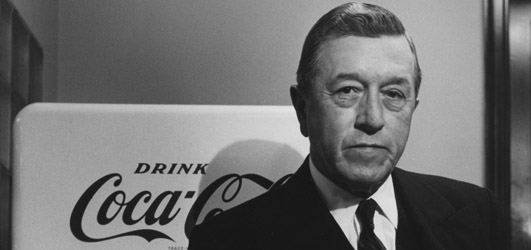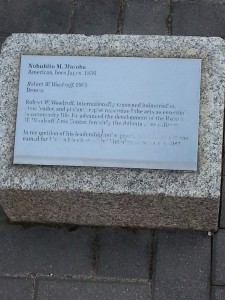So far this course “English 1102: The Rhetoric of Space and Place in Atlanta” had challenged my understanding of the composition process in a way that inspires me to compose work that is not only persuasive or rhetorical but also effective in conveying ideas through various modes of communication, particularity visuals and space. The academic writing process in this course varies from how I learned to write and do research in the past because it me think of my work as a publication and not just an arbitrary essay I wrote the night before. In my opinion, this encourages me to put more effort into my work, however it also creates a sense of anxiety.
After working through the first major projects (reading summaries, annotated bibliographies, and built environment descriptions), I have learned that primary research and secondary research are both nessecary to discover the true essence of a topic. Primary research helps form personal ideas while secondary research provides credible sources and information to back it up.
The rhetorical situation for the compositions I am creating for this course is less formal and more discussion based.






